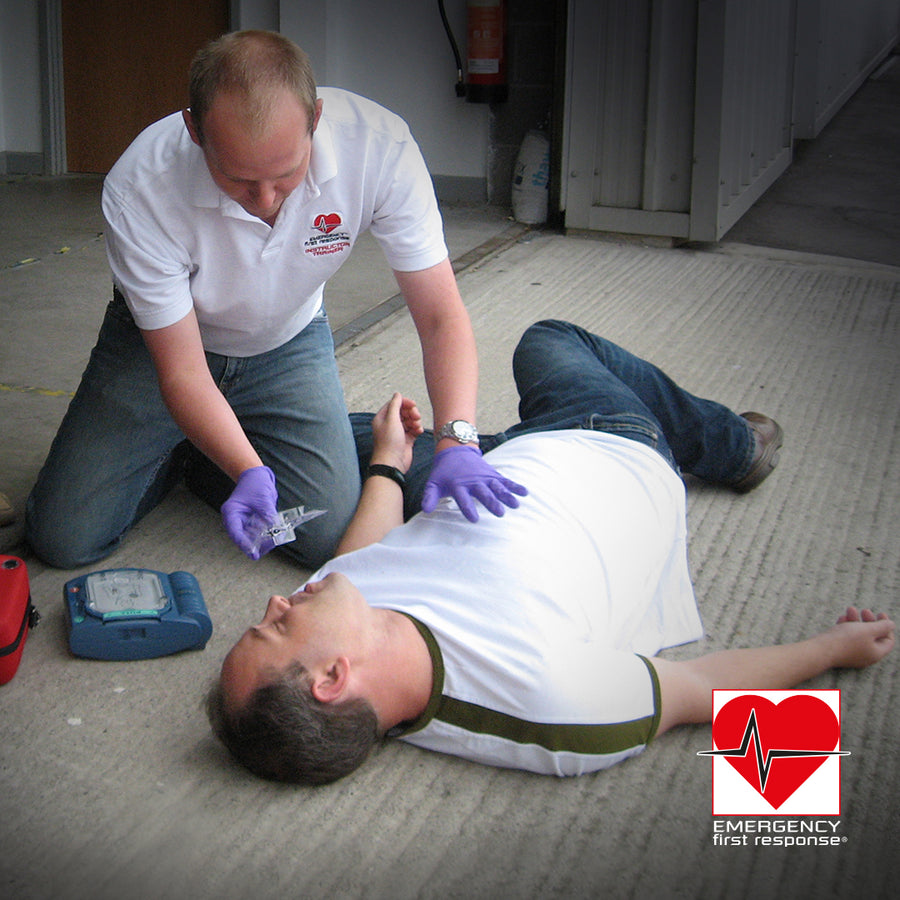Different Types of External Bleeding

The amount of blood in our body varies in relation to our size. A rough rule is that we have approximately one pint of blood per stone in body weight (0.5 litres per 7kg), so the average adult has between 8 and 12 pints (4.5 to 6.5 liters) of blood, dependent on their size.and can safely donate 470ml (just under a pint) during a blood donation. However, rapid blood loss of 2 pints or more can lead to shock and death
Remember that children have less blood than adults, and as such cannot afford to lose the same amount.

What are the Different Types of Bleeding
External bleeding refers to blood coming from an open wound. The term haemorrhage refers to a large amount of bleeding in a short period of time. External bleeding can be classified into three types according to the type of blood vessel that is damaged - artery , vein or capillary.
Arterial Bleeding
Blood in the arteries is under direct pressure from the heart pumping and spurts in time with the heartbeat. A wound to a major artery could result in blood ‘spurting’ several meters and the blood volume will rapidly reduce. Blood in the arteries is rich in oxygen and is said to be bright red’, however, this can be difficult to assess.
This is the most serious type of bleeding because a large amount of blood can be lost in a very short period of time. Arterial bleeding also is less likely to clot because blood can clot only when it is flowing slowly or not at all. However, unless a very large artery has been cut, it is unlikely that a person will bleed to death before the flow can be controlled. Nevertheless, arterial bleeding is dangerous and must be controlled.
Venous Bleeding
Veins are not under direct pressure from the heart, but veins carry the same volume of blood as the arteries.
Blood from a vein flows steadily or gushes. Venous bleeding is easier to control than arterial bleeding. Most veins collapse when cut. Bleeding from deep veins, however, can be as massive and as hard to control as arterial bleeding.
Capillary Bleeding
This is the most common type of bleeding as it bleeding from capillaries occurs in all wounds. Although the flow may appear fast at first, blood loss is usually slight, usually not serious and can be easily controlled. Bleeding from a capillary could be described as a ‘trickle’ of blood.
Quite often, this type of bleeding will clot and stop by itself.
Each type of blood vessel—artery, vein, or capillary—contains blood of a different shade of red. An inexperienced person may have difficulty detecting the difference but identifying the type of bleeding by its colour is not important.
Life threatening bleeding is a medical emergency. First aiders should be competent at dealing with major blood loss but the key first aid treatment for all of these types of bleeding is direct pressure over the wound.
Here at Dive Rutland and Rutland First Aid Training we run First Aid Training courses to suit all needs, be you someone who has a general interest in learning about first aid, to those that look after children and adults for a living we have a course for you
v1.01 December 2020










